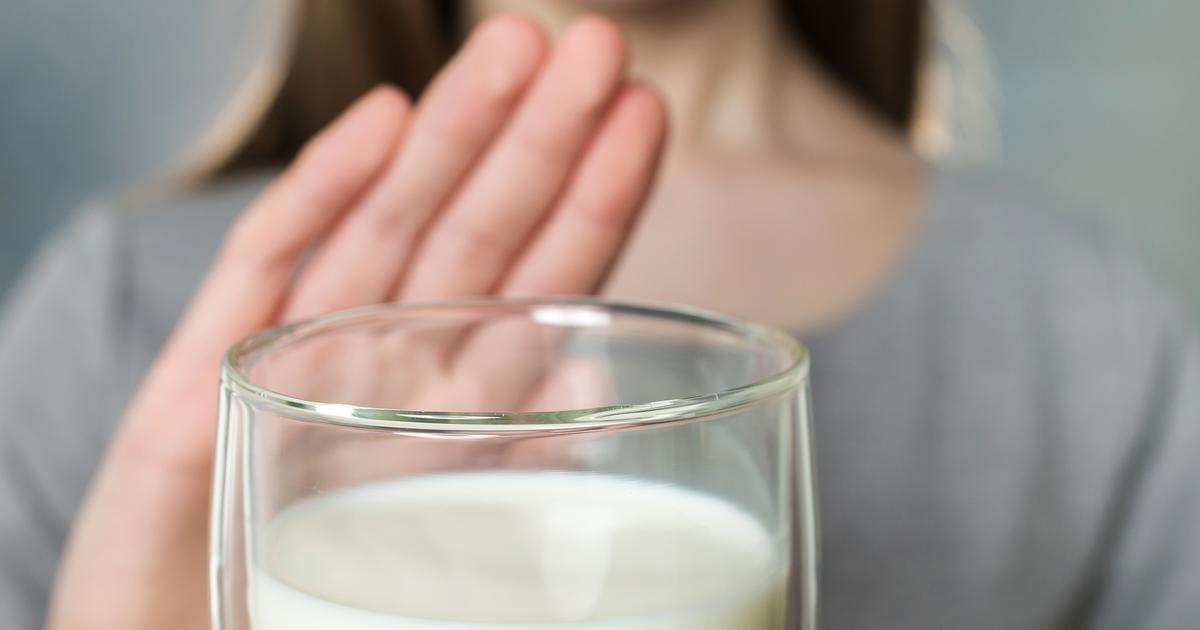What Is Hypolactasia?
Symptoms Of Hypolactasia

We know the enzyme lactase is responsible for breaking lactose down into simple sugars the body can use. When the body doesn't have enough lactase to break down the lactose, it leads to discomfort throughout the digestive system. Rather than being digested and broken down properly, undigested lactose passes through the digestive system and moves into the colon. From there, digestive bacteria ferment when they aren't supposed to, which is what causes the symptoms of hypolactasia and lactose intolerance. Individuals may have gas and experience bloating in their lower abdomens. They may also have loose stools and diarrhea, along with an overall increase in motility issues. The symptoms caused by hypolactasia do not tend to be dangerous, and there shouldn't be any damage or danger to the digestive system. With that said, if there is an underlying condition at play, that condition may cause more concerning symptoms. If individuals experience intestinal distress that doesn't resolve when they cut out lactose, they should talk to a doctor to make sure nothing more serious is at play.
Discover the causes of hypolactasia next.
Causes Of Hypolactasia

There are three main types of hypolactasia, each of which is caused by different circumstances. Different factors affect each type, and the severity is also varied across all three types. Some patients may only experience symptoms after consuming a lot of dairy, while others may need to cut dairy out of their diet entirely to avoid having symptoms. Primary hypolactasia is the most common kind, and individuals with this type start their life with more than enough lactase to get by. This is necessary for infants, since they receive all their nutrition through breast milk. However, as milk is replaced with other foods, the body's production of lactase goes through a natural decrease. In a normal digestive system, there's still enough lactase to digest the amount of dairy found in the average adult diet. However, with primary hypolactasia, there's a much sharper dropoff in lactase production. By the time these patients reach adulthood, they have a harder time with digesting dairy products. In secondary lactose intolerance, the body stops producing as much lactase after there's been surgery, illness, or injury to the small intestine where lactase is normally produced. In congenital hypolactasia, the rarest form, infants are completely unable to produce lactase due to a genetic condition.
Get familiar with treatment options for hypolactasia now.
